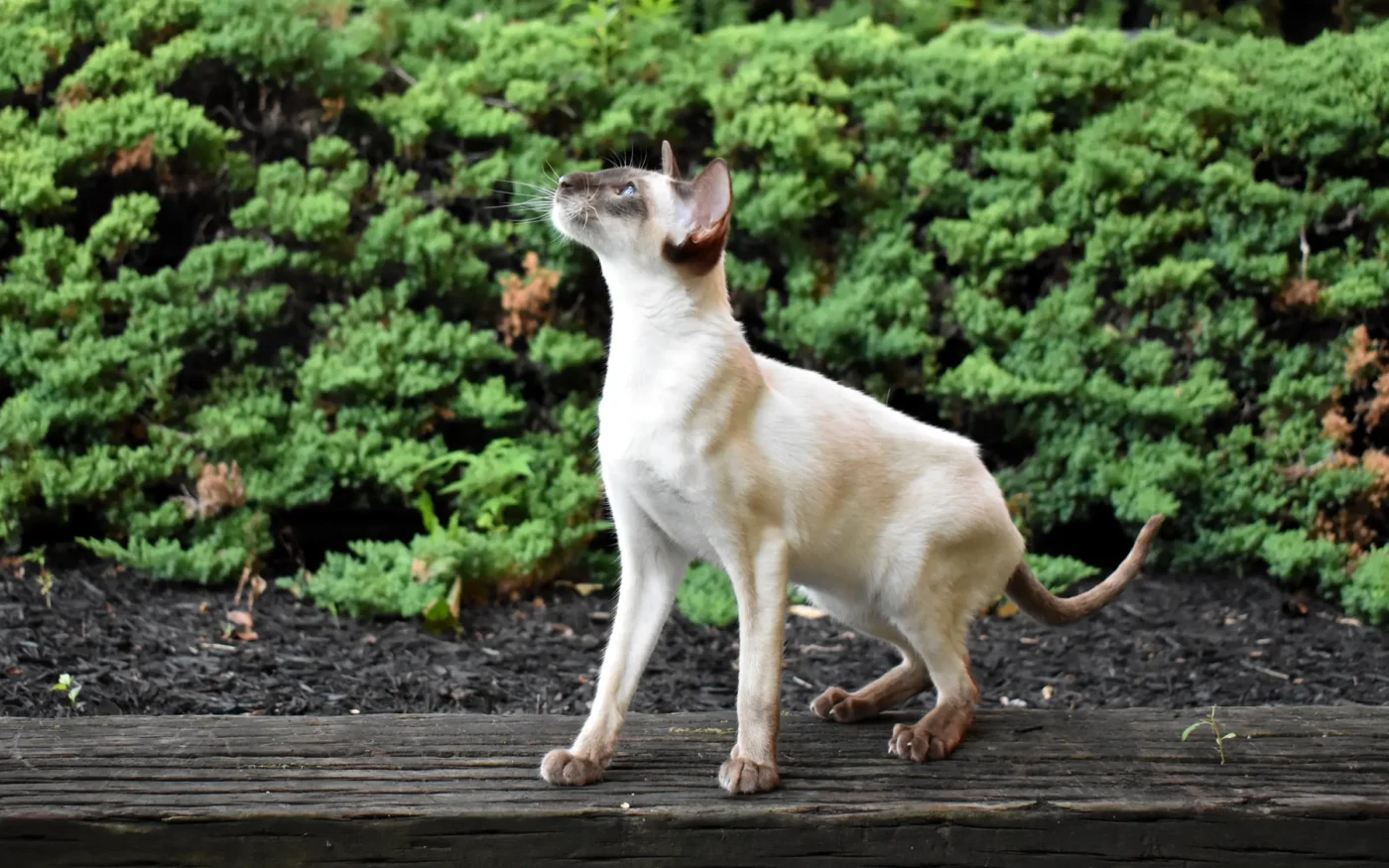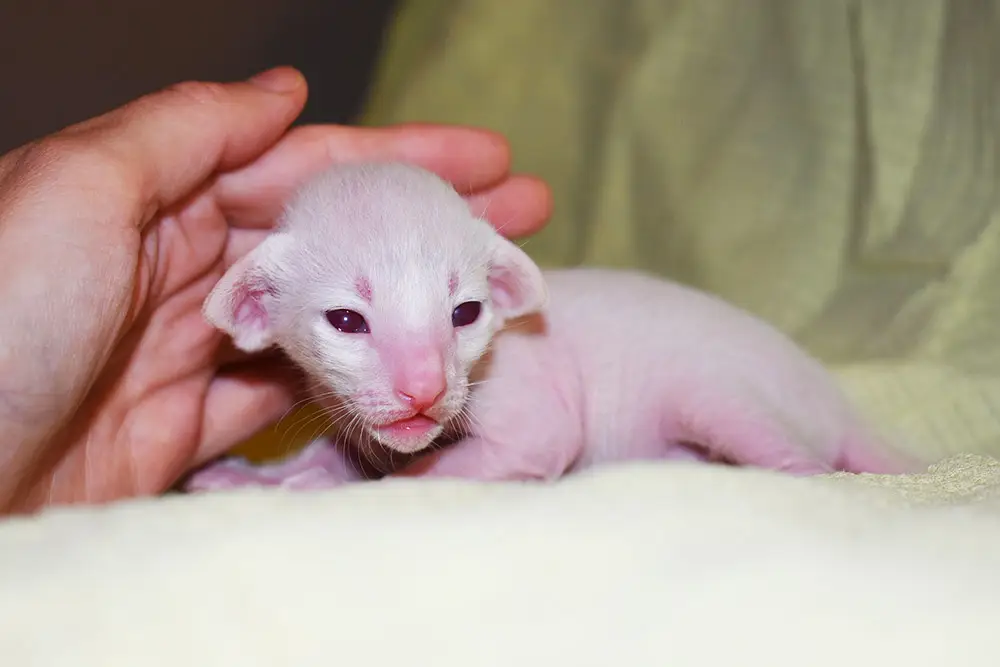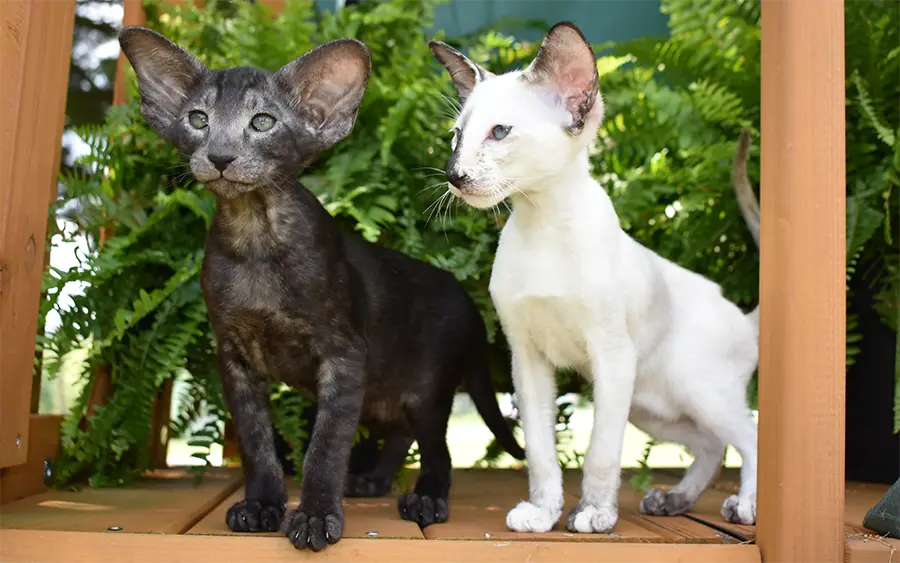
The Siamese cat, one of the oldest and most recognizable cat breeds, continues to captivate cat lovers with its striking appearance and unique personality. Originating from Thailand, formerly known as Siam, these cats have a rich history and have evolved over the years to become the modern Siamese cat we know today.
Siamese cat vocalization
Siamese cats are renowned for their vocal and social nature. They are very affectionate and crave interaction with their human companions. Their intelligence and curiosity often lead them to explore their environment and engage in playful behavior. Siamese cats form strong bonds with their owners and can become quite loyal and protective.
A defining characteristic of Siamese cats is their highly vocal nature. They are known for their loud, low-pitched voices, often compared to the sound of a crying baby. This distinct vocalization, sometimes called "meezer" due to the sound, is a way for Siamese cats to communicate with their owners. They are not shy about expressing their needs, desires, or displeasure, and they expect their humans to respond.
Their voices are not just louder and lower in pitch than other cats; they also use a wide range of vocalizations to express themselves. These vocalizations can include meows, yowls, and even chirps. Owners often describe their Siamese cats as "talkative" and note that they seem to enjoy having conversations with their human companions. This vocal behavior is a key part of their personality and can be charming to those who appreciate a communicative pet.
The ASPCA notes that Siamese cats are particularly prone to excessive meowing and yowling, which can sometimes disturb neighbors, especially during breeding season when they produce a 'drawn-out, melodious sound' to communicate with potential mates. This vocal behavior, often louder and more persistent than other breeds, could be mistaken for cries of distress in shared living spaces, highlighting the powerful and distinctive nature of their voices.
Appearance
Modern-style Siamese cats are known for their sleek, elegant bodies and striking blue almond-shaped eyes. They have a short coat that is fine and glossy, which accentuates their muscular build. The most distinctive feature of Siamese cats is their point coloration, which includes the ears, face, paws, and tail. According to the CFA (Cat Fanciers' Association), this coloration comes in specific shades such as seal, chocolate, blue, and lilac. However, other feline organizations recognize a wider variety of colors in Siamese cats.
Point Coloration and Temperature Dependency
Point coloration, also known as Siamese coloring, is a type of albinism. It is acromelanistic, meaning it is temperature-dependent. In a colder environment, the points (ears, face, paws, and tail) are darker, while in a warmer environment, the points are lighter.
Siamese kittens are born white because they are in a warm environment in their mother’s womb. The points begin to develop in the first few days after birth. Red point and cream point Siamese cats take longer for their points to develop, making them appear white in the first few weeks of life.

Unique Traits and Health
Siamese cats are more likely to have strabismus (crossed eyes) than other cats. This condition develops because all cats with stereoscopic vision perceive objects differently with each eye. The image seen by the right eye is transmitted to the left hemisphere of the brain, and the image seen by the left eye is transmitted to the right hemisphere. Thus, the brain receives two different images of the same object. When these images are combined, a stereoscopic image is formed. However, in color-point cats, the optic nerves are defective and cannot synchronously transmit images from both eyes to the opposite sides of the brain. As a result, the cat gets a double image of one object (diplopia). Most Siamese cats, to combat diplopia, block one of the images. But in doing so, they lose their stereoscopic perception, which is a significant disadvantage for a predator. Other Siamese cats cannot "activate" this blocking mechanism. To see a single image, they have to reduce the distance between their pupils through strabismus. This results in the development of strabismus or persistent squinting. Sometimes, involuntary eye movements occur to align the images, known as nystagmus.
Siamese cats are also prone to several health issues more frequently than other breeds. These include:
- Progressive Retinal Atrophy (PRA): A degenerative eye disorder that can lead to blindness.
- Lymphoma: A type of cancer that affects the lymphatic system.
- Thrombosis: The formation of blood clots that can lead to serious complications.
- Amyloidosis: A condition where amyloid proteins build up in organs, particularly the liver and kidneys, which can be life-threatening.
Personality and Behavior of Siamese
Their inquisitive minds require constant stimulation. Without enough mental and physical activity, Siamese cats can develop behavioral problems. Providing them with interactive toys, puzzles, and regular playtime is essential to keep them engaged and happy. They thrive on attention and enjoy being involved in their owner’s daily activities. This breed often follows their owners around the house, engaging in "conversations" and ensuring they are always part of the action.
Care and Maintenance
The short coat of the Siamese cat requires minimal grooming, although they do enjoy the occasional brushing. Regular veterinary check-ups are essential to monitor their overall health and address any potential issues, especially those related to their unique eye structure and the health conditions to which they are prone.
Influence on Other Breeds
Many other cat breeds have been developed using Siamese cats as a foundation. These breeds include the Burmese, Burmilla, Tonkinese, and Havana Brown, among others. Particularly noteworthy is the Oriental cat, which is essentially a Siamese cat with a solid coat color. In most cat fancier organizations, Orientals and Siamese are considered part of the same breed group, and crossbreeding between them is permitted.
This leads to an interesting fact: two Orientals carrying the recessive color-point gene can produce Siamese kittens. According to the registration rules of organizations like TICA, WCF, and FIFe, such kittens are registered as Siamese. In contrast, the CFA registers these kittens as Colorpoint Shorthair.

Breed Authenticity
It is important to note that not all point-colored cats are Siamese. Many point-colored cats, both purebred and mixed-breed, share this coloration. What people commonly refer to as Siamese are often Thai cats. A true Siamese cat is one that has documentation proving its breed. This distinction is crucial for understanding the breed’s history and preserving its unique characteristics.
...
The modern Siamese cat, with its distinctive looks and lively personality, remains a favorite among cat enthusiasts. Their fascinating history, coupled with their unique physical and behavioral traits, makes them a truly remarkable breed. Whether you are drawn to their striking appearance, their affectionate nature, or their expressive vocalizations, Siamese cats continue to be a beloved and cherished breed in households around the world.
Olga Shatokhina 2023.